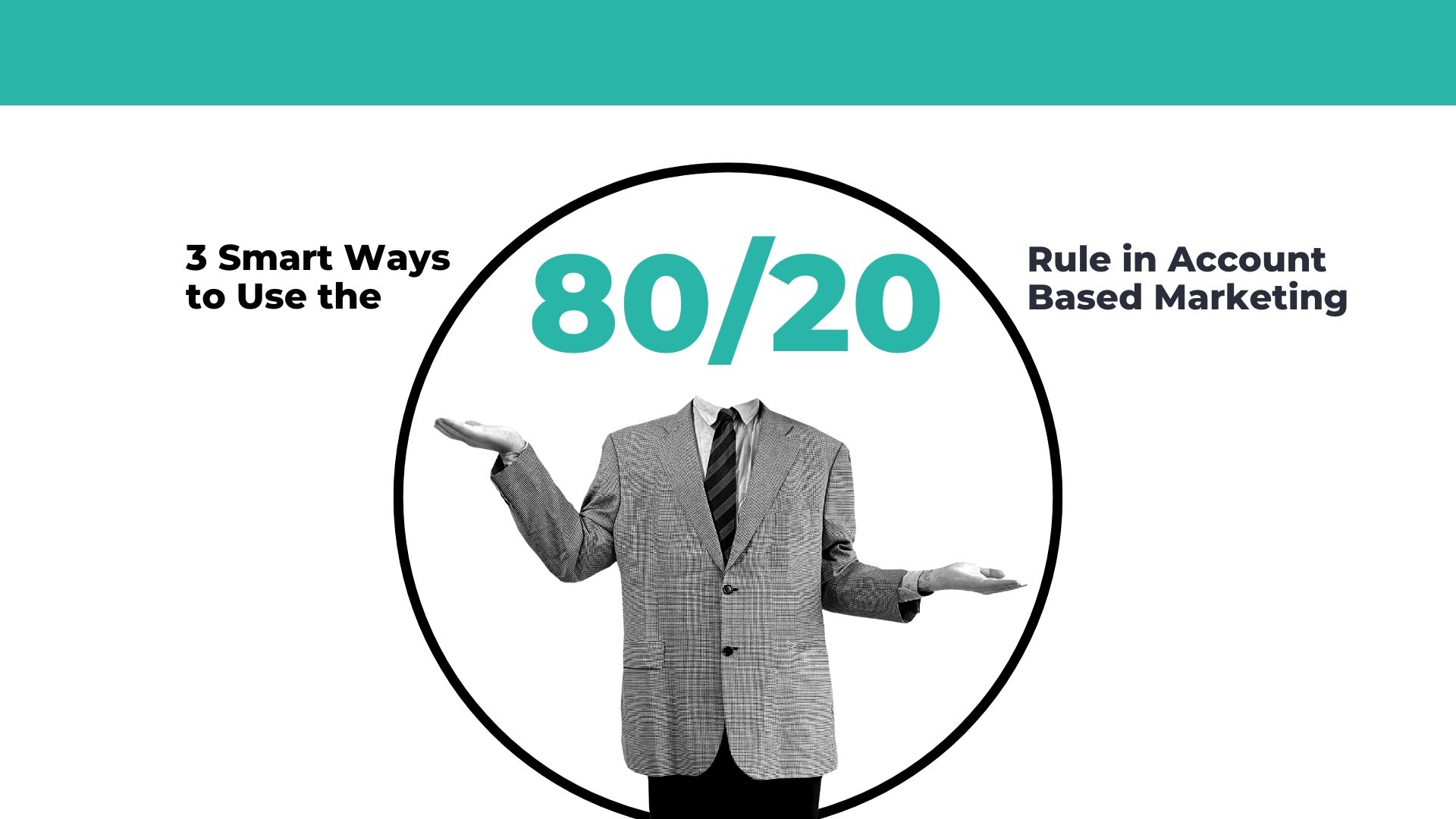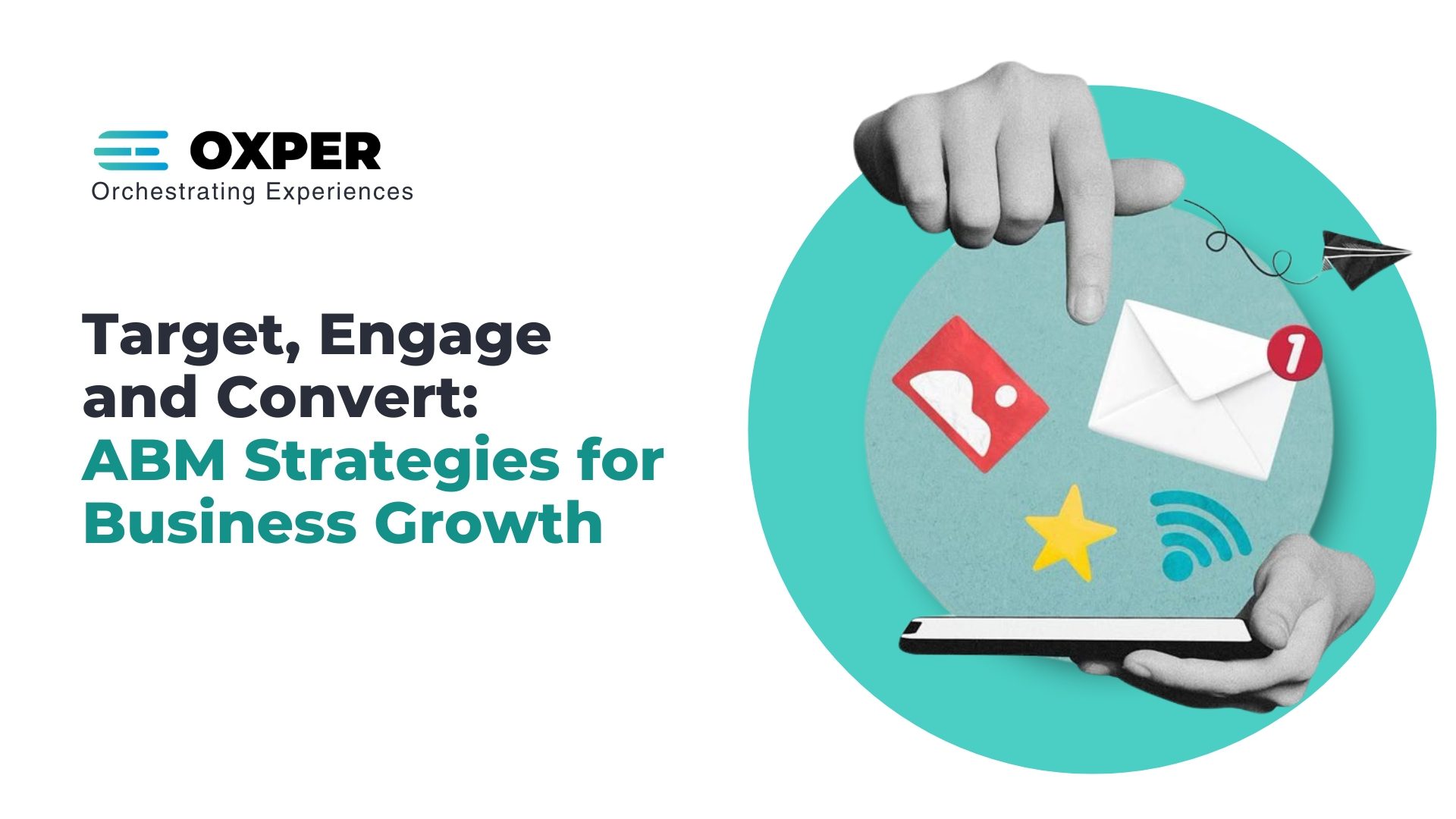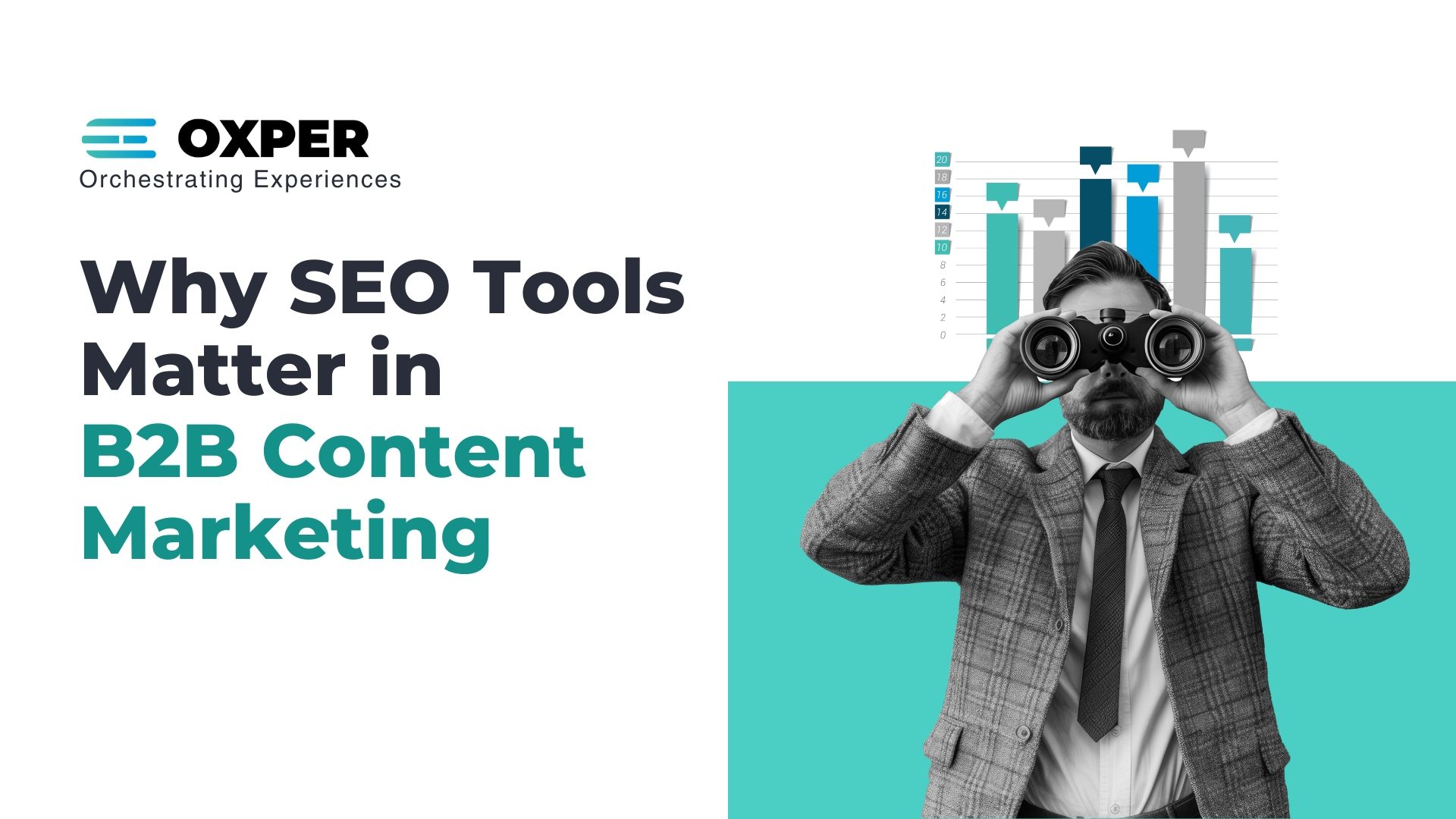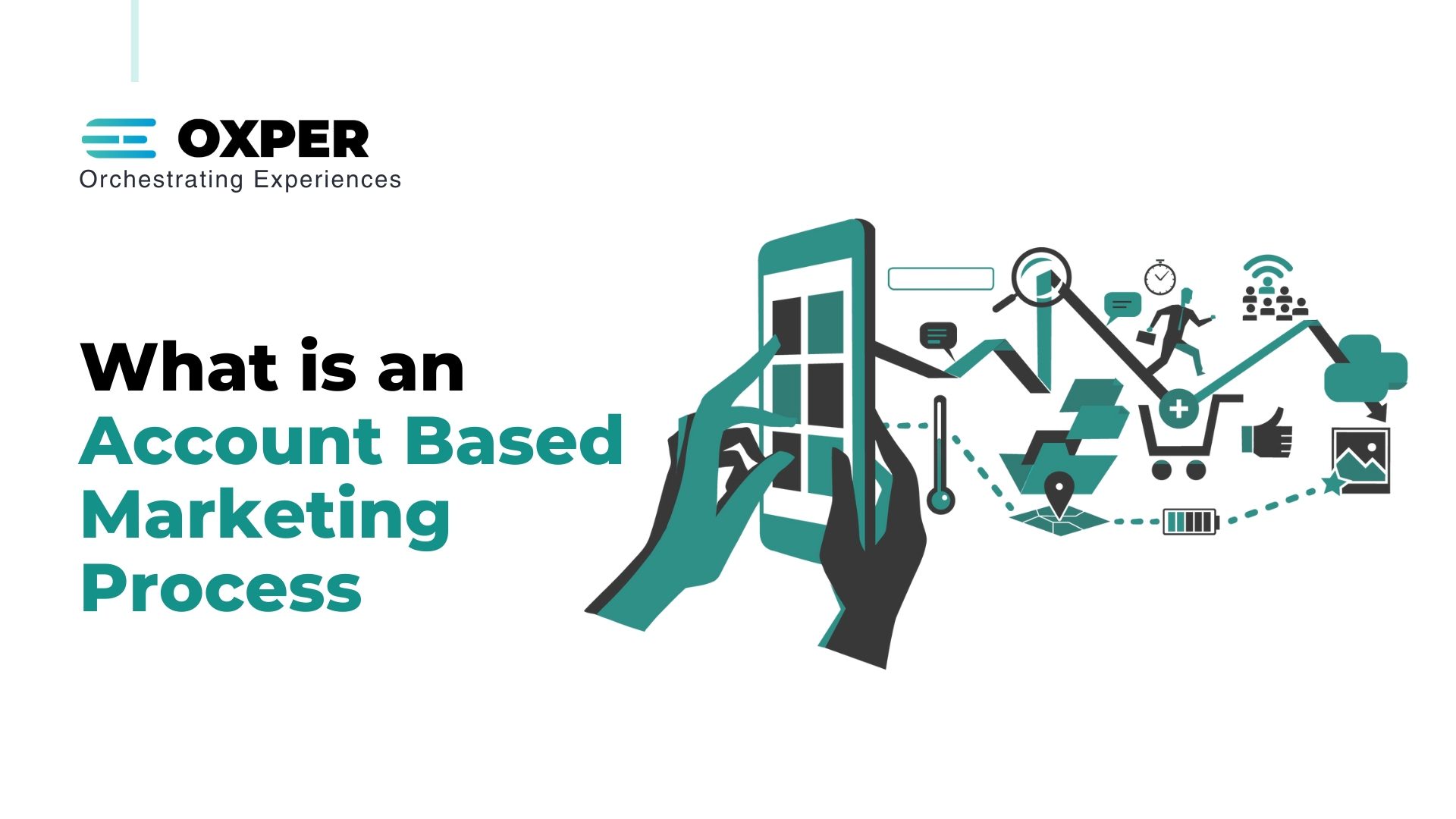Introduction
It’s all about leads in B2B. Once you’ve used up your warm referrals and your cousin-who-knows-a-guy strategy gets exhausted, it’s time to get down to brass tacks on your battlefield: generating B2B leads. But here’s the problem — even if you have the right tools, and your intentions are in the right place, your strategy can slowly erode because of common pitfalls.
Instead of blaming your CRM, your marketing department, or Mercury being in retrograde, ask yourself: am I making any of these costly mistakes?
Whether you’re brand new and asking “what is B2B lead generation?” or are well into the process with campaigns already running, this will help save your pipeline (and your sanity).
Mistake #1: Using Just One Source of Leads:
One platform does not fit all. If your whole B2B lead generation strategy relies on a method like LinkedIn or a few cold emails you’re on thin ice.Yes, LinkedIn is great. But your website is great, and so are third-party databases, industry webinars, and good old SEO. The real magic is in diversification. Test multiple channels and keep track of which channels provide not just leads but qualified, HQL Leads. After all, that is the name of the game in B2B lead generation: quality over quantity.
Mistake #2: Not Validating Leads:
Think you are saving time by not verifying data? Think again. One of the primary answers to the question, “what is lead generation in B2B?” is accuracy. B2B contact data changes all the time—roles change, email domains expire, companies merge. If you are going to shoot emails into the void, you are not only wasting money but harming your sender reputation, and burning potential bridges. Validating leads may feel like an extra step but it is the fastest path to an improved ROI.
Mistake #3: Omitting Lead Enrichment:
Having just a name and an email? Great. But that‘s just the tip of the iceberg in regard to B2B lead generation meaning. You need context: job title, size of organization, industry, LinkedIn profile, buying behavior. Without lead enrichment, you are flying blind. Enriched data fuels personalization. And in 2025, no one will be able to opt out of or refuse to use it.
Mistake #4: Failing to Segment Your Leads:
Think about this: Would you send the same email to a CTO at a SaaS startup as you would to a procurement manager at a manufacturing colossus?
That’s what you are doing by not segmenting.Most importantly, what is B2B lead generation if not delivering the right content to the right person at the right time? Segmenting allows you to customize your content, distill your message, and connect with your audience. The more customized your communication is the greater engagement and, thus, conversion.
Mistake #5: Using Leads Just One Time
You ran a campaign, got a few opens, potentially even a couple of conversions. What now?If your whole lead acquisition strategy is “generate, use, discard,” you are leaving a lot of money on the table. Nurture your leads–particularly your enriched leads–through multi-touch campaigns. Explore phone follow ups, retargeting ads, or even a killer drip sequence. Leads are not one-time-use plastic and should be treated like a long-term relationship!
Final Thoughts,
So what really is B2B lead generation getting at?It’s more than collecting email addresses–it’s about creating a sustainable pipeline through strategic moves, but it’ll take discipline and refinement to avoid these five errors.
If you do, you won’t just be generating leads, you will be generating opportunities, relationships, and revenue, too.In B2B lead generation, sometimes it is the smallest tweak that creates the biggest win. May 2025 be the year your lead gen processes become less “meh” and more magnificent!
How to Fix These B2B Lead Generation Mistakes
Effective B2B lead generation is more than just collecting contacts—it’s about continually attracting, qualifying, and converting the right decision-makers. Whether you are starting from scratch or just trying to tweak your funnel, it’s easy to step into some common traps that waste your resources and lead to limited outcomes.
What follows is a list of actionable resolutions, designed to help you generate higher-quality leads and establish a more robust and predictable pipeline.
Implement Variety in Your Lead Sources
Employ a combination of inbound (SEO, content marketing, webinars), outbound (cold emailing, LinkedIn messaging), paid ads, and referrals- this combination will ensure you have a consistent and resilient flow of leads at all these different touchpoints.
Validate Every Lead
Use verification software for both email and phone number verification, implement reCAPTCHA, and utilize qualification questions for either forms or chat options in order to ensure you are only adding leads to your CRM that meet your lead criteria.
The process of enriching the lead data (automatically)
Use lead enrichment software (like Clearbit or Lusha) to gather firmographics, technographics, and intent data.
Set up workflows in your CRM to enrich leads in a way that prompts you to personalize and improve your targeting.
Segmentation for Personalization
Segment your leads according to industry, company size, job role, and funnel stage. Use segmentation to personalize email outreach, landing pages, and sales pitches to increase engagement and conversion.
In-conclusion:
There are serious challenges in the digital channel space. Today, it is harder than it has ever been to get noticed and to convert that traffic into sales-qualified leads (SQLs). Understanding the things to avoid before you make the mistakes will help you get the most from your leads and save your organization time and resources. You can also hire a marketing automation agency for the best results.
Ready to turn those clicks into clients? Let Oxper build you a smarter, scalable B2B lead generation engine. Connect with Oxper today so we can fill your pipeline—strategically and efficiently.
FAQS
1. What is B2B Lead Generation?
B2B lead generation refers to the process of identifying and attracting potential business customers—other businesses (not individuals)—who are likely to be interested in your product or service. In simpler terms, what is B2B lead generation? It’s the strategy companies use to generate interest from decision-makers within other organizationsthrough channels like email marketing, LinkedIn outreach, content marketing, SEO, and paid advertising. The goal is to move these prospects through the sales funnel until they convert into paying clients.
2. Why is Lead Generation Important for B2B Businesses?
B2B lead generation is essential for sustainable growth in any B2B business. Unlike B2C, where sales cycles are short, B2B purchases involve longer decision-making processes with multiple stakeholders. Without a solid lead generation strategy, businesses struggle to build a healthy pipeline, resulting in poor revenue performance. Effective B2B lead generation ensures a steady flow of qualified leads, nurtures long-term relationships, and aligns marketing efforts with sales goals.
3. What are the Most Common Mistakes in B2B Lead Generation?
Some of the biggest mistakes in B2B lead generation include:
- Targeting a broad or irrelevant audience
- Focusing on quantity over quality of leads
- Lack of a defined buyer persona
- Poorly optimized landing pages or CTAs
- No proper tracking or measurement of lead quality
These mistakes can result in low conversion rates, wasted resources, and a disconnect between marketing and sales. To succeed, B2B marketers must have a data-driven strategy and continually refine their B2B lead generation tactics.
4. How Does Targeting the Wrong Audience Impact Lead Generation Efforts?
Targeting the wrong audience in B2B lead generation leads to low-quality leads, longer sales cycles, and poor conversion rates. When your message doesn’t resonate with the right decision-makers, you waste time and budget nurturing leads that will never convert. What is lead generation in B2B if not about finding the right-fit businesses who truly need your solutions? That’s why developing accurate buyer personas and leveraging data is critical to generate relevant, high-intent leads.
5. Why is Having a Clear Lead Qualification Process Crucial?
A clear lead qualification process ensures your B2B lead generation efforts focus on prospects who are ready and capable to buy. Without it, sales teams may waste time chasing unqualified leads. Lead scoring frameworks—based on behavior, engagement, and firmographic data—help identify which prospects are most likely to convert. This improves sales efficiency, shortens the sales cycle, and boosts ROI on B2B lead generation campaigns.





